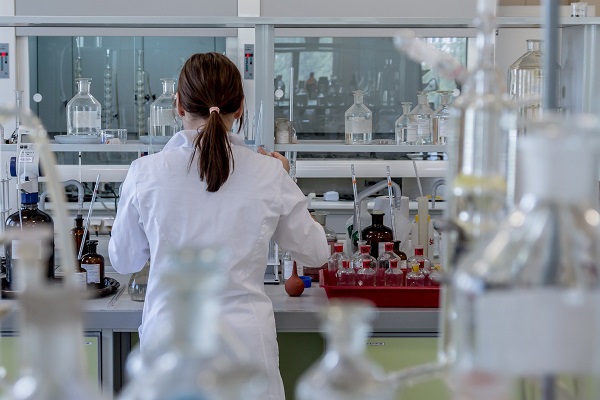Acquiring real-world experience is an essential part of earning a master’s degree in pathology, which happens to be one of the highest paying master’s degrees out there. However, the way you go about getting this experience is somewhat different from how students find internships and other educational work training opportunities. These clinical rotations are a crucial component of the program that are integrated directly into the curriculum and make up half of the time you spend preparing to be a pathologists’ assistant. Rather than needing to find a summer internship for yourself, you will likely be directed to an internship site.
Clinical Rotations in a Pathologists’ Assistant Program
Master’s degree programs in pathology, which prepare you to become a pathologists’ assistant, require around two years to complete. Unlike other college and graduate school programs, though, you shouldn’t anticipate having the summer off. Many pathology master’s degree programs use the summer term that occurs between the spring semester of your first year of study and the fall semester of the second year of your program to begin students’ clinical rotations.
In many pathology master’s degree programs, these hands-on experiences that occur in clinical settings are typically assigned to you by the program director. They aren’t necessarily like the internships you must find and apply for yourself during your undergraduate years. Often, master’s in pathology programs that have a set structure requiring all students to take the same rotations at the same time will use the summer term to introduce students to major areas of specialty within the field, such as surgical pathology and autopsy pathology.
If your program encourages or requires you to complete a clinical rotation at a site not affiliated with the school, you might be responsible for finding your own clinical rotation site. This experience is often shorter than the rotations integrated into your curriculum.
Clinical Rotation Sites and Areas of Specialty for Pathologists’ Assistant Students
IMAGE SOURCE: Pixabay, public domain
Pathologists’ assistants work in any number of settings. All of those environments are possible sites where you could do clinical rotations as a master’s in pathology student. Many of your rotations will likely take place at hospitals but may include both teaching universities and community hospitals affiliated with your program. Other places where you might complete a clinical rotation for a pathologists’ assistant master’s degree program include pathology labs, forensic labs, medical examiners’ offices, morgues and other healthcare facilities.
Throughout the course of your clinical rotations, you should have the opportunity to work in different specialties of pathology. This experience is valuable because it allows you an opportunity to better envision what your life would be like working in the different aspects of this career. Perhaps you like the idea of doing cancer research, but you end up finding that performing autopsies is a better fit for your work style and strengths. An area of the field that you may never have considered working in may turn out to be the setting of your new career. Without having done a clinical rotation to find out what it is like working in that specialty, you would never have discovered your passion for it.
As you work your way through different clinical rotations, you will develop proficiency in using the tools and techniques found in each subspecialty, including preparing and storing specimens for different kinds of microscopy examination.
What to Expect From Your Pathology Program’s Clinical Rotations
Before you start enrolling in a pathology master’s degree program, there are a few things you should know about clinical rotations. For one thing, there may be a great deal of travel involved, either in the form of a long daily commute or moving to a distant rotation site for a matter of weeks. Even clinical sites considered to be in the same region as the school may be as far as a two-hour drive each way, which the pathology student would be required to make both before and after their shift begins each day of the workweek.
Some programs are affiliated with hospitals all over the country, and student housing at these locations may or may not be provided. If not, you may need to find and pay for your own accommodations during your stay, which could be as short as a couple of weeks or as long as a couple of months. Although most clinical rotations take place during normal business hours like 8 a.m. to 5 p.m. Mondays through Fridays, some rotations may require you to be more flexible in the hours and days you work.
Due to the demands of the program, graduate pathology students are often discouraged from working another job unless the work can be done without interfering with their course and clinical schedules. Schedules may change from rotation to rotation.
Additional Resources
Can I Get a Ph.D. in Pathology at the Same Time as Getting My Masters?
Is the Prerequisite Work for a Pathology Degree Similar to Preparing to Go to Med School?

